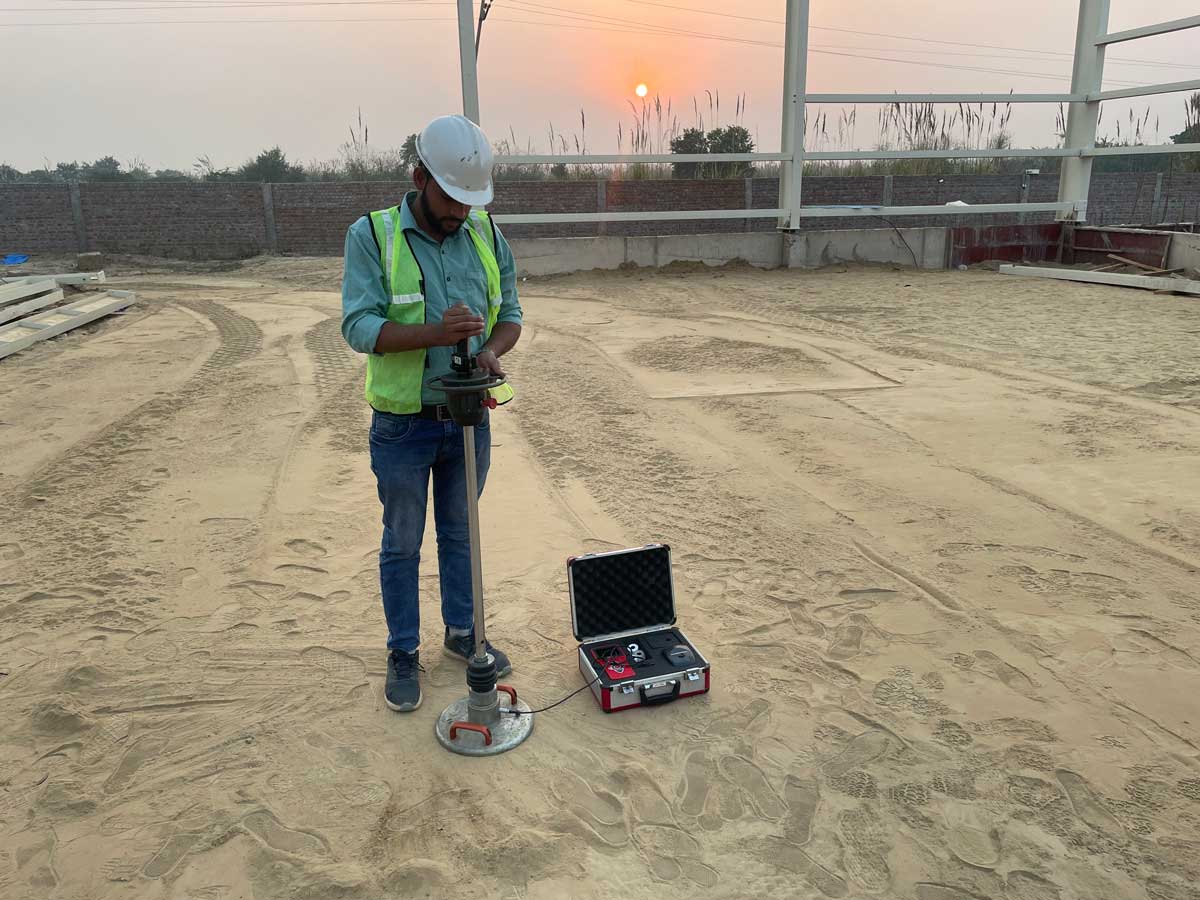
Filling the Gaps: The next generation of concreting equipment
Here, we present features and practices that users identify as missing in the concrete equipment industry today.
After the industry migrated from the use of river sand to crushed rock sand as a fine aggregate, batching plants see more dust pollution, observes Suresh Rao Marpally, Technical Director, Starcrete LLP. If crushed rock sand is made wet or washed to control the dust, the material doesnt flow easily through the fine aggregate hoppers, and actually needs to be poked near the discharge gates to facilitate theflow. Plant manufacturers should improve plant designs to ensure that no such manual intervention is needed.
The design of batching plants should also be modified to facilitate the sampling of raw materials like cementitious materials and admixtures, a task that is an essential part of quality control, he continues. Also, many plant manufacturers dont provide indicators inside the operator cabin to assess the workability of concrete inside the batching plant mixer, or else provide the indicator at a very high price, compelling customers to add their own ampere metre, but such add-ons are of low accuracy.
To read the full story, CLICK HERE.


 +91-22-24193000
+91-22-24193000 Subscriber@ASAPPinfoGlobal.com
Subscriber@ASAPPinfoGlobal.com